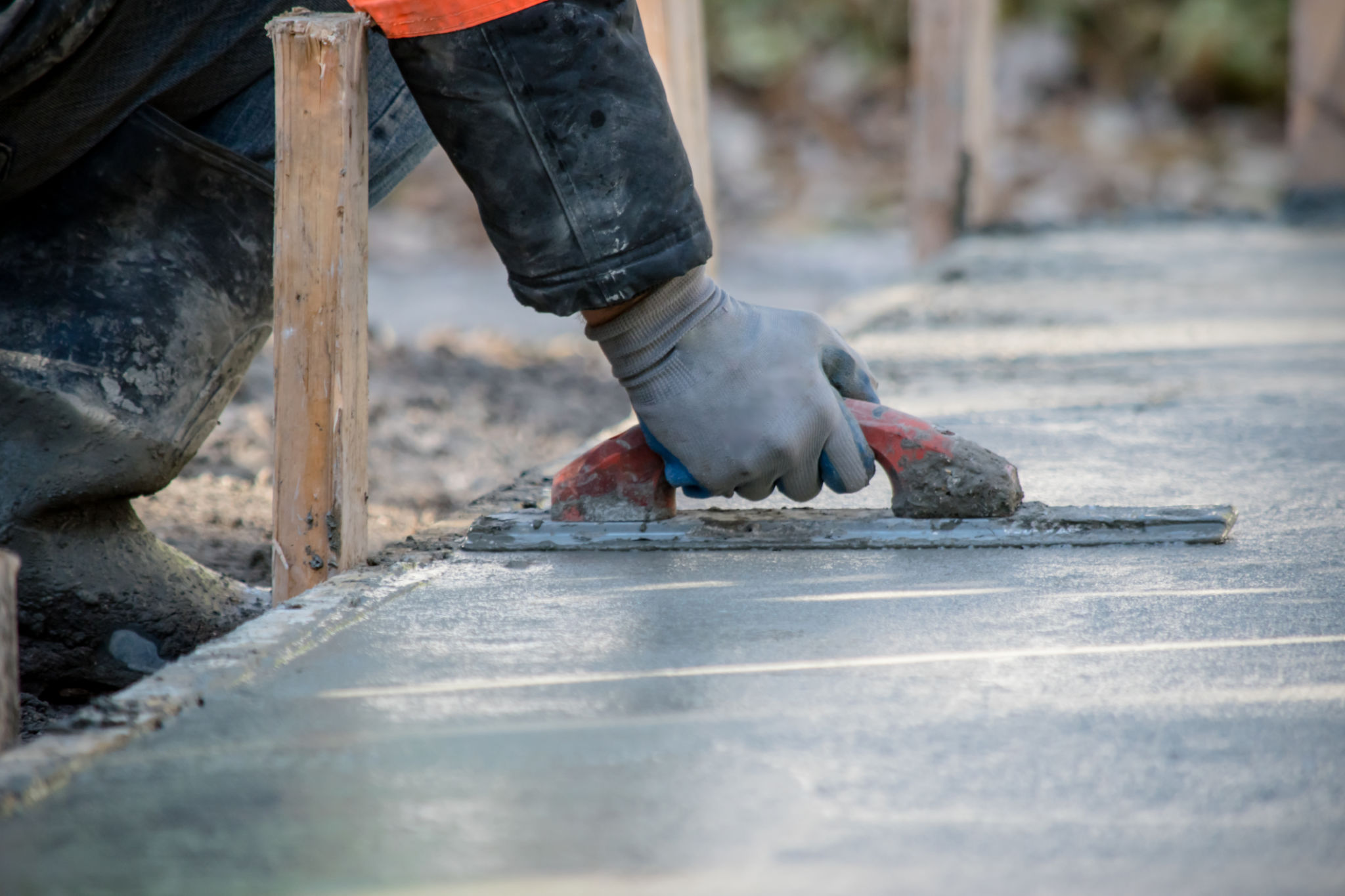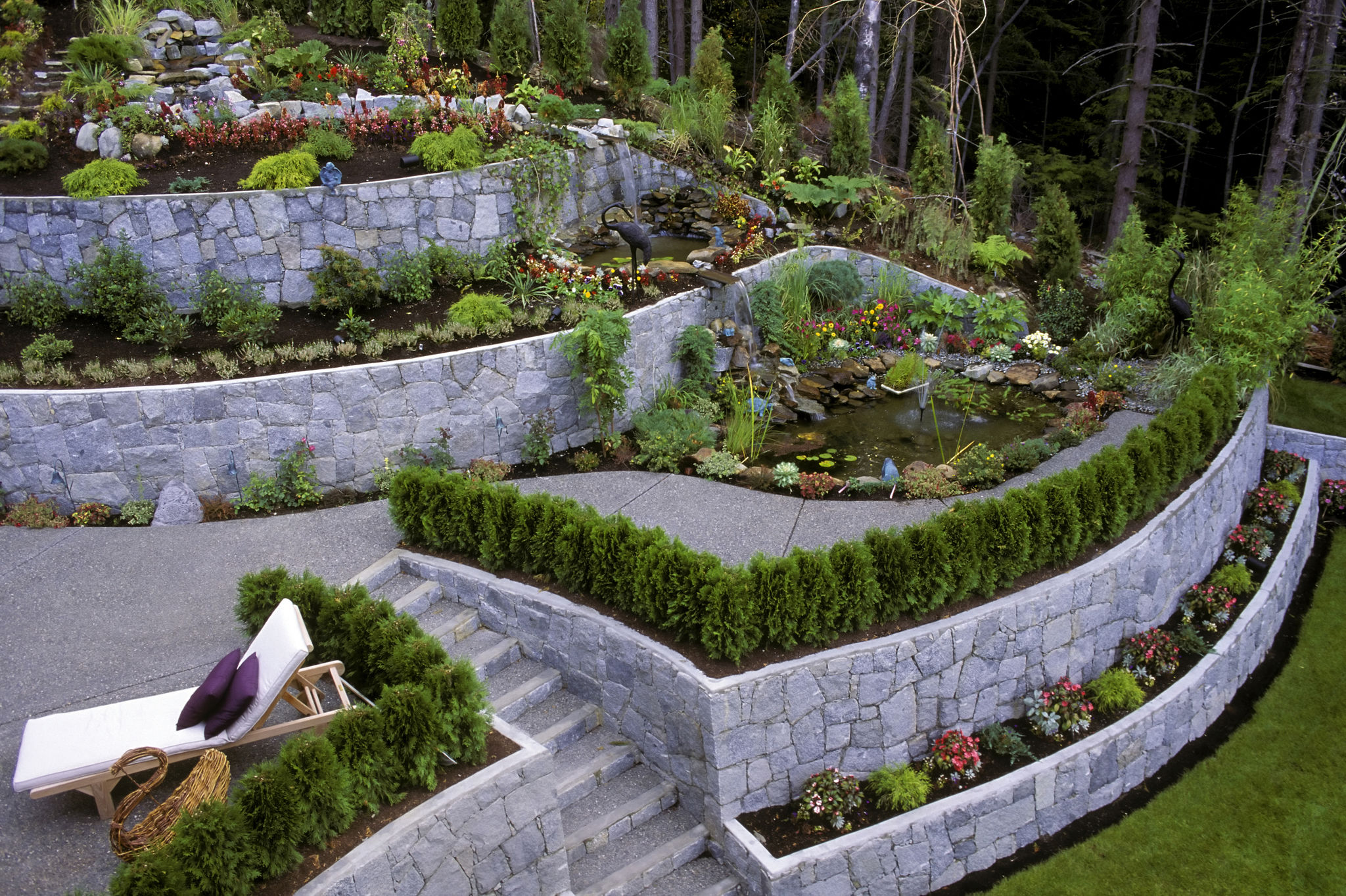Common Misconceptions About Masonry and Concrete: Debunked
Masonry vs. Concrete: Understanding the Basics
When it comes to construction materials, masonry and concrete are often misunderstood. Many people assume they are the same, but they are distinct in composition and application. Masonry involves building structures using individual units like bricks, stones, or blocks, bound together by mortar. In contrast, concrete is a composite material made from cement, water, and aggregates like sand or gravel.

Misconception 1: Masonry and Concrete Are Interchangeable
A common misconception is that masonry and concrete can be used interchangeably for any project. While both are used in construction, their properties and applications differ significantly. Masonry is ideal for building walls and structures that require aesthetic appeal and flexibility in design. Concrete, on the other hand, is often used for foundations, pavements, and large-scale structures due to its strength and durability.
Masonry's Aesthetic Appeal
Masonry offers a variety of finishes, textures, and colors, making it a popular choice for projects that prioritize appearance. Whether using natural stone or manufactured bricks, masonry can enhance the visual appeal of buildings while providing structural integrity.

Misconception 2: Concrete Is Always Gray and Dull
Many people believe concrete is limited to a dull gray color, but this isn't the case. Modern techniques allow for a wide range of finishes and colors. With staining, stamping, and coloring techniques, concrete can mimic the appearance of more expensive materials like stone or tile.
Decorative Concrete Options
Decorative concrete has gained popularity in both residential and commercial settings. Techniques like exposed aggregate and polished concrete add texture and gloss, transforming ordinary surfaces into eye-catching designs.

Misconception 3: Masonry Is More Expensive Than Concrete
Another misconception is that masonry is inherently more expensive than concrete. While the initial cost of masonry might be higher due to labor-intensive installation, it often proves more cost-effective over time. Masonry structures are known for their longevity and low maintenance requirements.
Long-Term Investment
The durability of masonry can lead to savings on repairs and replacements. Its resistance to weathering and fire makes it an excellent long-term investment for property owners looking to reduce ongoing maintenance costs.

Misconception 4: Concrete Is Not Environmentally Friendly
Some believe that concrete is harmful to the environment due to its production process. However, advancements in technology have led to more sustainable practices. The use of recycled materials as aggregates and the development of eco-friendly cement alternatives are making concrete production greener.
Eco-Friendly Innovations
Innovations like permeable concrete help reduce stormwater runoff, contributing positively to urban environments. Moreover, concrete's thermal mass properties can improve energy efficiency in buildings by regulating indoor temperatures.
In conclusion, understanding the differences between masonry and concrete and dispelling common misconceptions can help homeowners and builders make informed decisions. By considering factors such as aesthetics, cost, durability, and environmental impact, one can choose the right material for their specific project needs.
